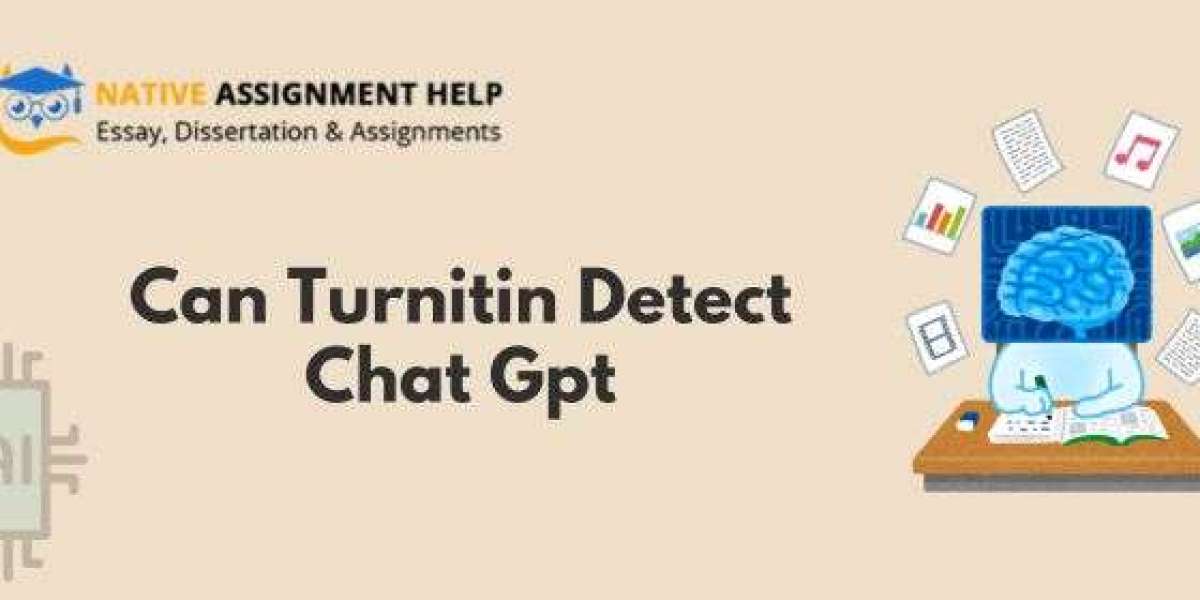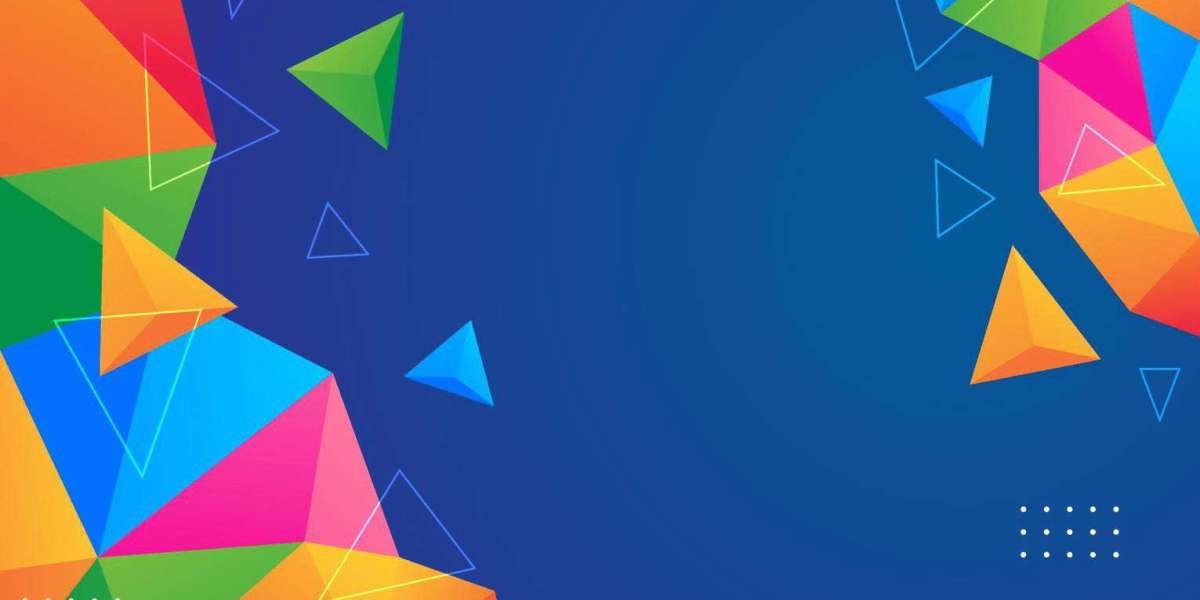Introduction
Turnitin has long been the go-to tool for plagiarism detection, helping educators ensure academic integrity in a world where digital content is easy to copy and paste. But with the rise of AI tools like ChatGPT, which can generate entire essays in seconds, many are asking: Can Turnitin Detect ChatGPT? This is a burning question, especially for students looking for shortcuts and educators trying to maintain fairness.
In this article, we’ll dive into Turnitin’s capabilities, explore how it detects plagiarism, and whether it can handle the new wave of AI-written content. So, does ChatGPT have the upper hand, or is Turnitin equipped to catch it? Let’s find out.
What is Turnitin?
Turnitin has been around for over two decades, helping educators by comparing submitted papers to a vast database of academic work, online content, and publications. The platform’s main goal is to flag instances of unoriginal work, ensuring that students submit original content and do not simply copy-paste from the internet or other sources.
The tool generates an “Originality Report,” which highlights any matches between a student's work and existing sources. This has proven effective for traditional plagiarism, but how does it fare with AI-generated essays?
The Growing Popularity of AI Essay Writers
With AI becoming more sophisticated, tools like ChatGPT are being used by students to write essays and assignments. ChatGPT can generate coherent, well-structured, and even creative text based on the prompts it’s given. For students, it can feel like the perfect shortcut, but for educators, this raises significant concerns about academic integrity.
AI-generated essays are a grey area. They aren’t plagiarized in the traditional sense, as the content isn’t copied from existing sources. Instead, they are original in structure but produced by a machine, leaving educators to wonder if this counts as cheating.
Can Turnitin Detect AI-Generated Content?
This is where things get tricky. Turnitin is designed to catch plagiarism by finding matches in its database. However, AI-generated content doesn’t typically match any existing work because it’s freshly created by the AI tool, like ChatGPT. So, can Turnitin flag such content? Not easily—at least not with its traditional algorithms.
Recently, Turnitin introduced new AI detection tools aimed at identifying content generated by models like ChatGPT. But this technology is still evolving, and it’s not foolproof.
How Does Turnitin’s AI Detection Work?
Turnitin’s AI detection tool attempts to recognize patterns that are typical of machine-generated content. It does this by analyzing sentence structures, syntax, and even stylistic choices. AI-generated content can sometimes have a level of uniformity or lack the subtle nuances of human writing. These are some of the clues Turnitin looks for.
When an essay is flagged by the AI detection tool, Turnitin highlights suspicious sections in its Originality Report. However, this doesn’t always guarantee that the content is AI-generated. Human essays can sometimes trigger false positives, especially when they are overly formal or repetitive.
Does Turnitin Detect ChatGPT-Generated Essays Specifically?
Detecting content generated by ChatGPT presents a unique challenge. ChatGPT produces highly natural-sounding text that mimics human language patterns. This means that while Turnitin’s AI detection tool might catch some patterns, it could miss others.
AI models like ChatGPT are designed to avoid directly copying anything from existing sources, so Turnitin’s traditional plagiarism checks are less effective in these cases. As a result, ChatGPT-written essays might not get flagged at all—or they might only get flagged under certain conditions.
Why It’s Hard to Catch AI Essays
One reason it’s difficult to detect AI-written essays is that they don’t follow predictable patterns. Unlike traditional plagiarism, where text is copied word for word, AI-generated text is unique each time. ChatGPT doesn’t copy from a single source but instead generates content based on a broad understanding of language patterns.
Also, AI essays don’t match anything in Turnitin’s database, which makes it nearly impossible to catch unless the detection tools are specifically tailored to recognize AI language models.
Turnitin’s AI Detection Tool: Does It Work?
Turnitin’s AI detection tool is still in its early stages, and while it can catch some instances of AI-generated text, it’s far from perfect. Many educators have reported mixed results. Some find that it successfully flags suspicious essays, while others say that well-constructed ChatGPT essays fly under the radar.
In real-life cases, there have been instances where essays suspected of being written by AI passed through Turnitin undetected. This shows that while the tool has potential, it isn’t foolproof yet.
The Role of Human Review in AI Detection
Given the limitations of Turnitin’s AI detection, manual review by educators is still essential. Tools can only go so far, and human intuition is often needed to spot the signs of an AI-generated essay. Educators should look for inconsistencies in tone, unnatural phrasing, or content that feels too generic.
A combination of Turnitin’s AI detection and human review may be the best approach for now.
Can Students Trick Turnitin with AI?
Some students are finding ways to outsmart Turnitin by making slight adjustments to AI-generated content. This includes rewriting sentences, changing the structure, or mixing AI-generated text with their own. While this might work in some cases, it’s risky. Educators are becoming more aware of these tactics, and getting caught can have severe academic consequences.
The Future of AI and Plagiarism Detection
As AI writing tools improve, so too must plagiarism detection technologies. We’re likely to see more advanced tools in the near future that can better detect AI-generated content. This will be an ongoing arms race between AI tools and plagiarism detectors like Turnitin.
Ethical Implications of AI in Academic Writing
The use of AI in academic writing raises important ethical questions. Should students be allowed to use these tools, and if so, to what extent? Some argue that AI could be a legitimate tool for learning, while others believe it undermines the educational process.
Institutions need to set clear guidelines on the use of AI, balancing innovation with academic integrity.
How Should Institutions Address the Rise of AI?
Universities and schools must develop policies to manage the rise of AI in education. This could include educating students on the ethical use of AI tools and implementing stricter guidelines for essay submissions. Clear communication between educators and students will be key to navigating this new era of AI.
Alternatives to Turnitin: Other Plagiarism Detection Tools
While Turnitin is the most widely used plagiarism detection tool, it’s not the only one. Other tools like Grammarly and Copyscape also offer plagiarism detection features. However, like Turnitin, they face challenges in detecting AI-generated content. Comparing these tools can help educators choose the best option for their needs.
Conclusion
In the battle between Turnitin and ChatGPT, it’s clear that the detection tools have some catching up to do. While Turnitin’s AI detection capabilities are improving, they’re still not perfect, and many AI-generated essays can slip through the cracks. Educators will need to rely on a combination of technological tools and manual review to stay ahead of the game.
As AI continues to evolve, so too will the methods for detecting it. But for now, the question of whether Turnitin can reliably catch ChatGPT-generated essays remains unresolved.
FAQs
1. Can Turnitin detect AI-generated text from ChatGPT?
Turnitin has introduced AI detection tools, but they are not foolproof and may miss some ChatGPT-generated essays.
2. How accurate is Turnitin’s AI detection feature?
Turnitin’s AI detection is improving, but it still has limitations, especially with well-written AI content.
3. What happens if Turnitin flags an AI-generated essay?
If Turnitin flags an essay, it will appear in the Originality Report, but it’s up to educators to decide whether the content is problematic.
4. Are there better alternatives to Turnitin for detecting AI content?
Other tools like Grammarly and Copyscape also offer plagiarism detection, but they face similar challenges with AI-generated content.
5. Should students be penalized for using AI tools like ChatGPT?
This depends on the institution’s policies. Some may view AI as a tool, while others see it as a form of cheating.

![File Sharing Market Size, Share, Growth Report [2032]](https://soucial.net/upload/photos/2025/02/QqB6ZlVW7k56ak5WBltX_13_a43437ea8bbb1c819471f791db3e7c53_image.png)

